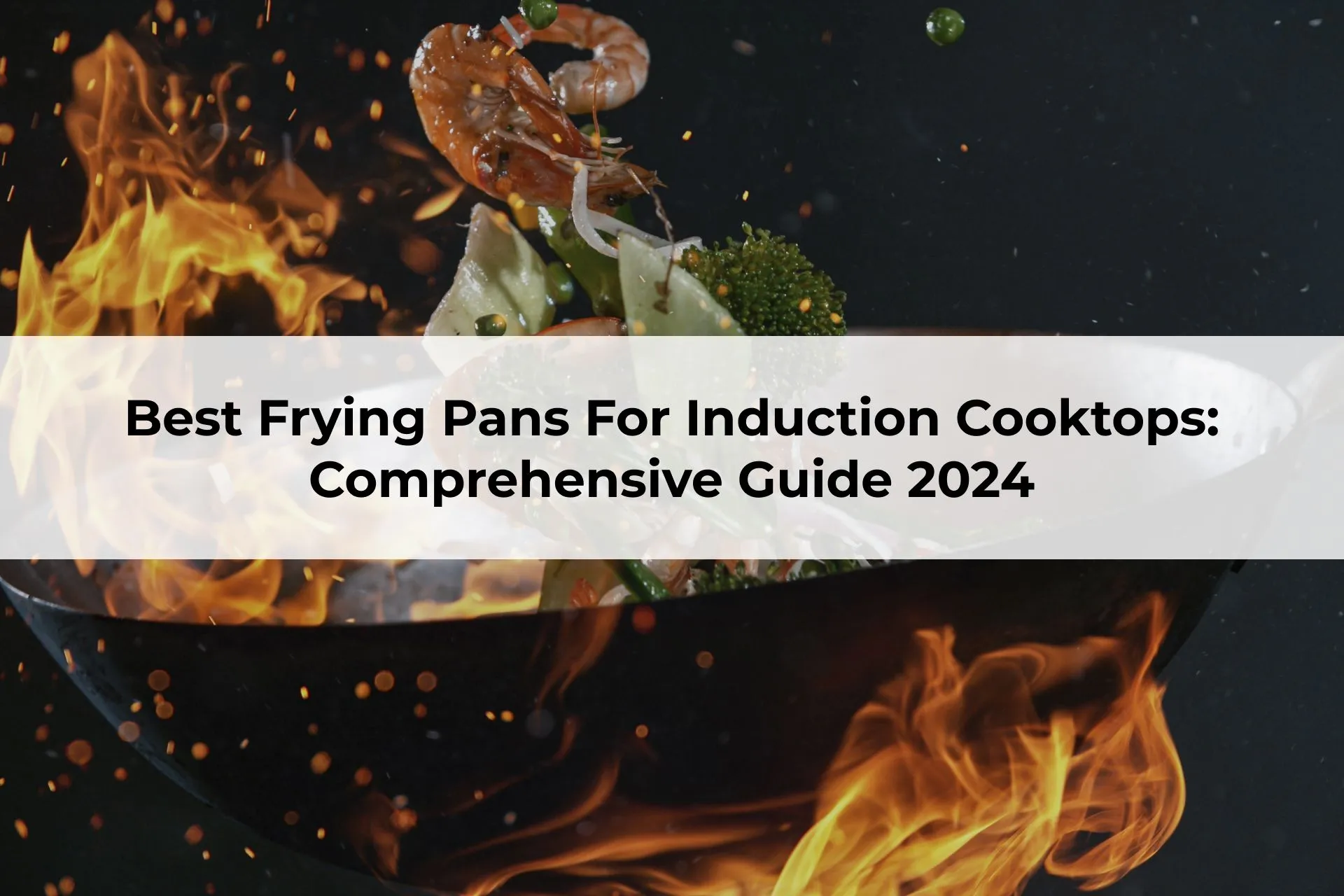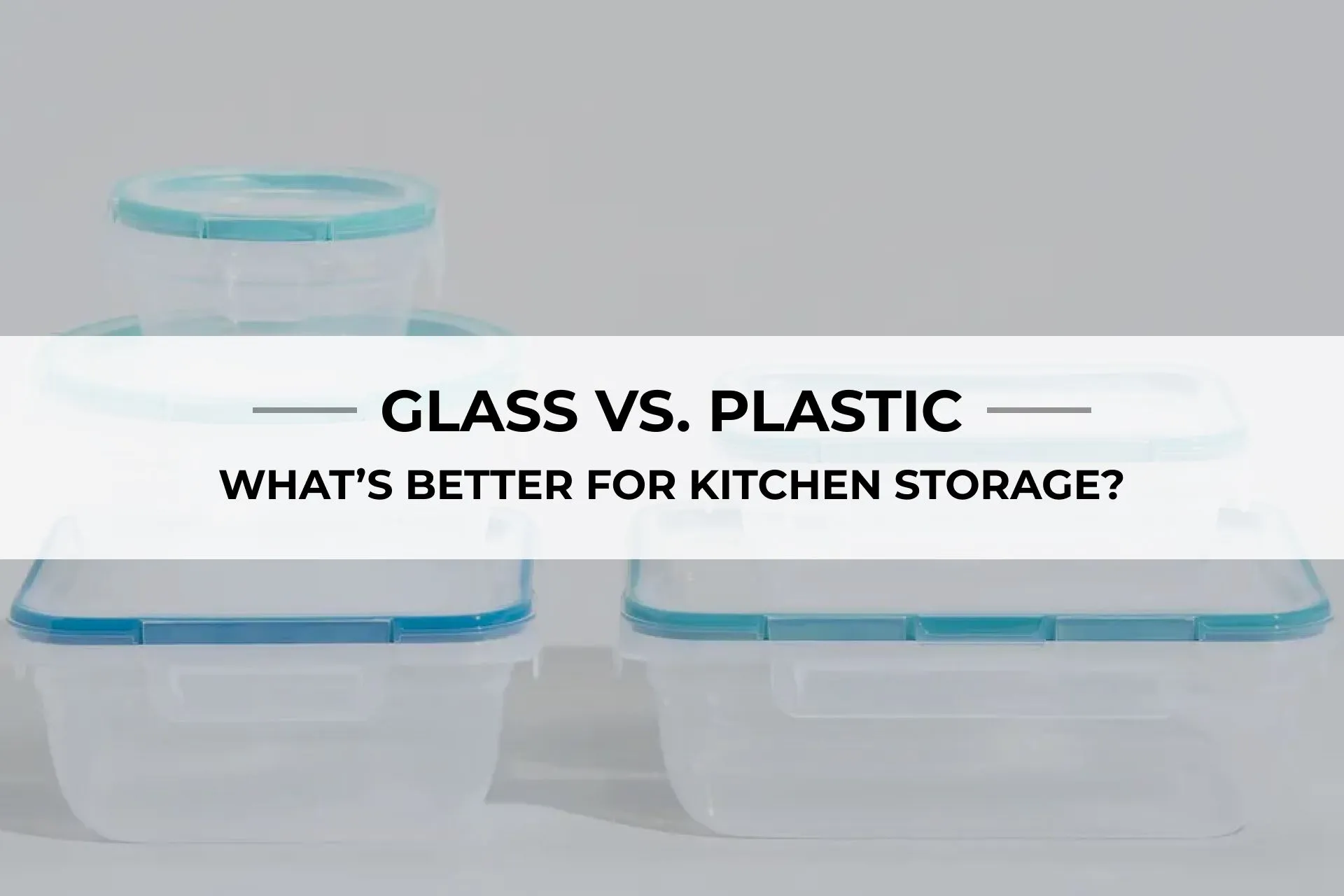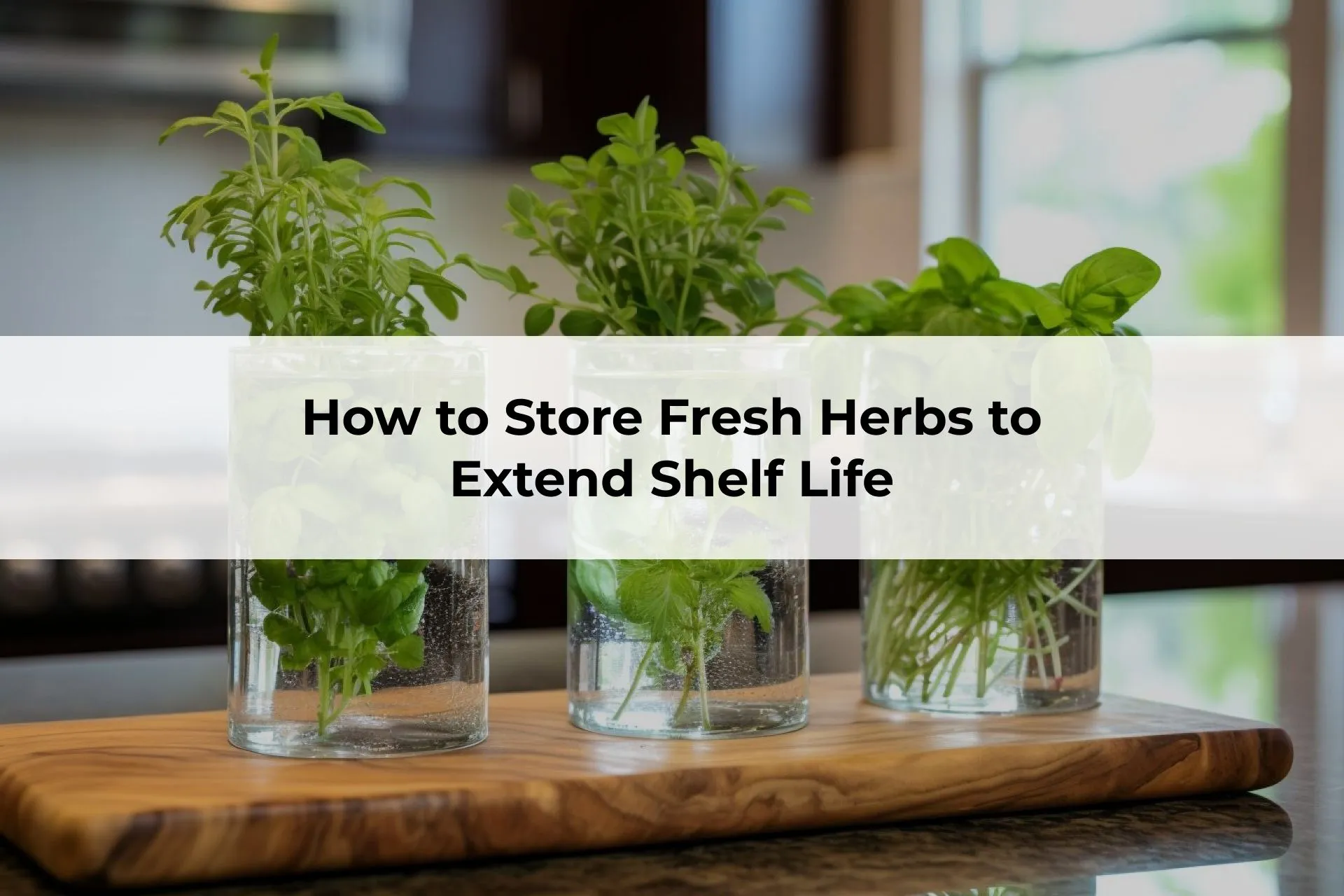
Cooking with a cast iron skillet is a timeless tradition, but the secret to making the most of this versatile cookware lies in knowing how to season a cast iron skillet properly. Seasoning is essential for building a non-stick surface, protecting the skillet from rust, and enhancing the cooking experience.
In this ultimate guide, we’ll show you how to season a cast iron skillet, why it’s important, and how to maintain it for years of flawless cooking.
Are you looking for more kitchen tips? Check out our post on Best Affordable Kitchen Gadgets for Home Cooks and learn how to enhance your culinary journey.
When you hear the term "seasoning" in the context of cast iron cookware, it refers to the process of creating a protective coating on your skillet. Learning how to season a cast iron skillet correctly is essential for:
Seasoning works by heating oil until it bonds with the skillet’s surface through a process called polymerization, forming a durable patina. This layer is what makes your cast iron skillet a reliable kitchen tool.

Learn more about cast iron cookware storage and maintenance in our guide on Kitchen Storage Solutions.
When oil is heated to high temperatures, it undergoes a process called polymerization, where the oil’s molecules bond together to form a hard, plastic-like coating. This layer protects the skillet from moisture (which causes rust) and creates a slick surface perfect for cooking.
Want to know more about the benefits of proper storage for cookware? Visit our Kitchen Storage Solutions page to learn how to organize your kitchen like a pro.
The seasoning layer is not just a coating; it's a foundation for years of use. Over time, as you cook with your skillet and reapply oils, the patina grows stronger, making your skillet even better than when it was new.
Cast iron cookware dates back to ancient China and has been a staple in kitchens worldwide ever since. Early users discovered that applying fat or oil to their cookware made it last longer and cook better. By the 19th century, cast iron skillets were mass-produced and became a symbol of American home cooking.
Today, despite modern non-stick pans, cast iron remains cherished for its durability, versatility, and ability to cook foods evenly. Seasoning is what makes this cookware stand out, allowing it to improve with age rather than degrade like synthetic non-stick pans.
If you're curious about the best tools for your kitchen, explore our comprehensive guide on Cookware Essentials for Home Cooks.
Now that you understand the importance of seasoning, let’s dive into the practical steps to achieve a perfectly seasoned skillet.
Before starting, ensure you have the following items on hand:
Having the right tools ensures the process is seamless and effective. Check out the Guide to Cast Iron Cleaning for expert advice on cast iron maintenance.
Whether your skillet is new or used, it’s important to start with a clean surface:
Rinse the skillet thoroughly and dry it completely to prevent rust from forming.
If you're organizing your kitchen for the first time, check out our blog on Kitchen Storage Hacks for smart tips.
Moisture is the enemy of cast iron. After washing, use a towel to dry your skillet. For extra assurance, place the skillet on low heat for a few minutes to evaporate any remaining water.
Learn more about why keeping cookware dry is essential in this Serious Eats guide.
Pour a small amount of oil onto the skillet. Using a paper towel or lint-free cloth, spread it evenly across the entire surface—inside, outside, and even the handle.
The type of oil you use impacts the seasoning layer. Here are some popular options:
For more tips on choosing the right oil, read our blog on Kitchen Essentials for Better Cooking.
Preheat your oven to 450°F (232°C). Place the skillet upside down on the middle rack, with a sheet of aluminum foil or a baking tray underneath to catch drips.
Bake for one hour, then turn off the oven and let the skillet cool inside. This slow cooling process helps solidify the seasoning layer.
Learn more advanced tips from the Cast Iron Cookware Alliance.
Seasoning isn’t a one-time process. To keep your skillet performing its best, regular maintenance is key.
Over time, regular cooking and cleaning can wear down the seasoning layer. Reapply oil and heat your skillet every few months to maintain its non-stick properties.
For other cookware cleaning hacks, visit our Cookware Maintenance Guide.
Solution: Use less oil and bake for longer to ensure the oil fully bonds with the metal.
Solution: Scrub off rust with steel wool, then reseason the skillet.
Solution: Apply oil more evenly and focus on spreading it thin.
Visit the Lodge Cast Iron Troubleshooting Page for more solutions.
Yes, but sparingly. Mild soap won’t harm a well-seasoned skillet, but avoid harsh detergents that can strip the seasoning.
It depends on usage. If food starts sticking or the surface looks dull, it’s time to reseason.
Yes, but lift the skillet instead of sliding it to avoid scratching the surface.








